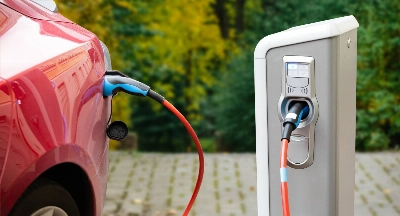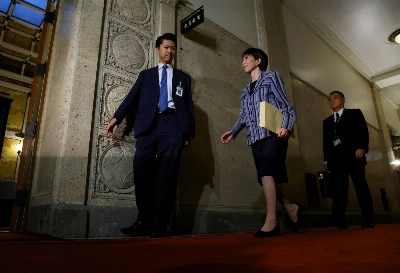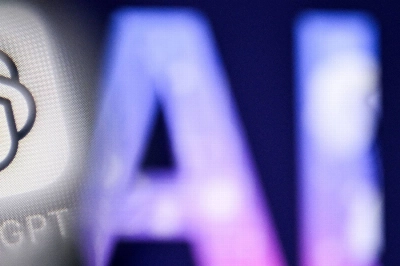With trillions of dollars riding on his every utterance, U.S. Federal Reserve Chairman Alan Greenspan picks his words with extreme care. He once cautioned listeners that if he made himself clear, then he had been misunderstood. But there was no mistaking the tone of Mr. Greenspan's comments last week as he testified before the U.S. Congress. The U.S. economy appears to be bottoming out, he said, and a recovery -- frail, to be sure -- was on the horizon. Risks remain, however, and governments need to be vigilant against downside shocks.
In testimony before the Senate Budget Committee, Mr. Greenspan said there were signs that the "forces restraining" the U.S. economy over the past year were "starting to diminish," and economic activity was "beginning to firm." The chairman pointed to inventories that had reached sufficiently low levels to require replenishment, which will trigger increases in production, and there are already indications that U.S. manufacturing is starting to rise. A recent Labor Department report showed that new requests for jobless benefits in the U.S. fell for the third straight week, sinking to a five-month low.
The job outlook is reflected in (and contributes to) growth in consumer spending. Last year was a record year for housing construction in the U.S. Low interest rates have spurred people to build new homes or finance purchases. The end of the year witnessed a surge in vehicle sales; that trend was aided by soft energy prices which, in Mr. Greenspan's words, "clearly provided some support to real disposable income and spending."


















With your current subscription plan you can comment on stories. However, before writing your first comment, please create a display name in the Profile section of your subscriber account page.